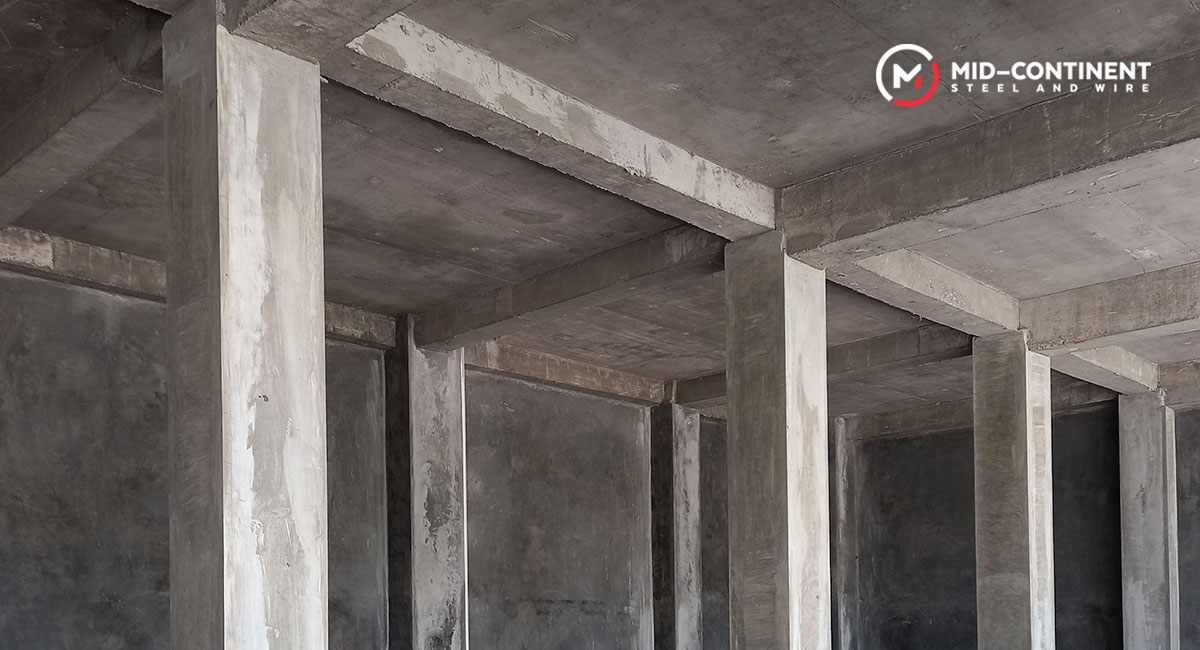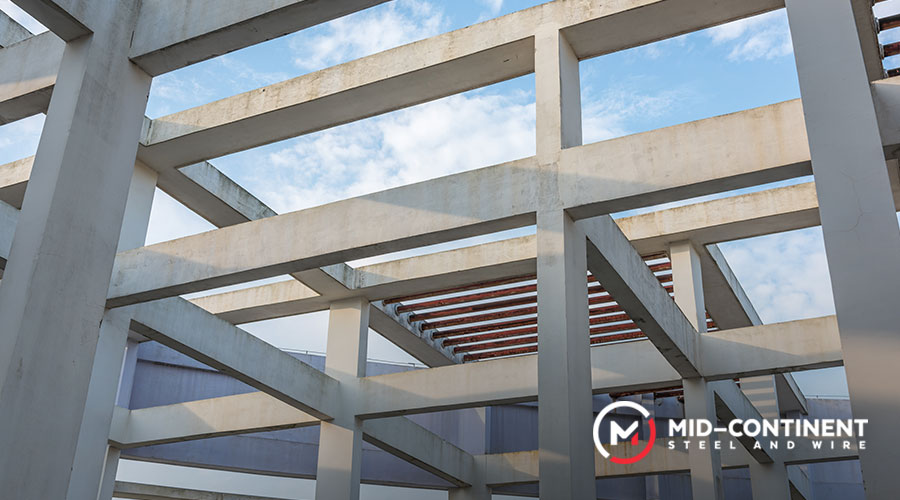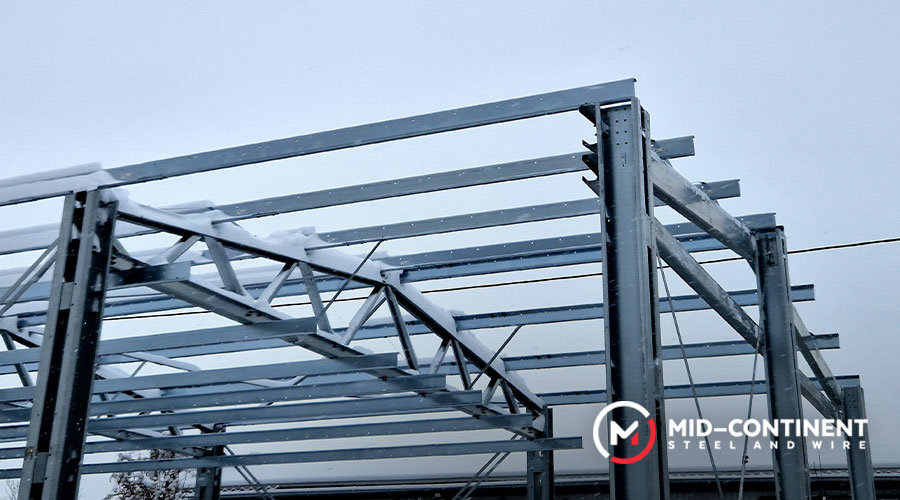
When it comes to structural engineering, columns and beams are the two elements that stand out as fundamental building blocks. Both play an essential role in supporting and stabilizing structures; however, their function and applications differ significantly. Let’s explore how they efficiently work together.

Defining beams and columns
Beams
These horizontal structural elements play a significant role in supporting floors and roofs. They distribute loads, transferring weight to vertical supports. Beams come in various types, including steel, composite, and other materials that offer unique properties suited for different architectural and engineering needs.
Columns
These are vertical structural elements designed to transfer loads from upper levels directly to the foundations. They are essential for maintaining a building’s stability and can be constructed from steel or reinforced concrete, depending on the specific requirements of the structure.

Key differences between beams and columns
The primary distinction is that beams are designed to resist lateral forces and bending moments, while columns are engineered to withstand compressive forces vertically.
This fundamental difference leads to variations in their design:
Beams: Typically designed with a focus on flexural strength and shear resistance. They provide advantages such as:
- Efficient load distribution: Beams are great at distributing loads across larger areas, making them ideal for creating open spaces in buildings.
- Aesthetics: The variety of beam design makes for greater flexibility in style, with solutions for both modern and more conservative architecture.
- Versatility: Beams can be used in a wide range of applications, from small residential buildings to large-scale infrastructure projects.
Columns: Designed primarily for axial compression, with considerations for buckling and eccentricity. Their advantages include:
- Compressive support efficiency: Columns are highly efficient at transferring vertical loads directly to foundations, making them crucial in multi-story buildings.
- Material flexibility: Columns can be constructed from various materials, allowing engineers to choose the best option based on load requirements, cost, and aesthetic considerations.
- Structural stability: Columns play a key role in maintaining overall structural stability, particularly in tall buildings and structures subject to lateral forces.
Integration of these structural elements
While beams and columns have distinct roles, their symbiotic relationship forms the skeleton of a building, working in harmony to:
- Distribute loads effectively throughout the structure
- Provide stability against various forces (gravity, wind, seismic activity)
- Allow for adaptability in design to meet specific requirements

The role of specialized manufacturers
There has been a growing focus on sustainable and innovative materials in recent years. This shift reflects the construction industry’s move towards more environmentally friendly and efficient building practices.
Mid Continent Steel & Wire plays an essential role in the design and fabrication of sustainable beams and columns, with expertise in:
- Advanced fabrication techniques
- Integration of sustainable practices
- High-quality steel solutions across various industries
Our attention to detail, efficiency, and cost-effectiveness make us the right choice for steel construction. Click here for our wire range of solutions.

